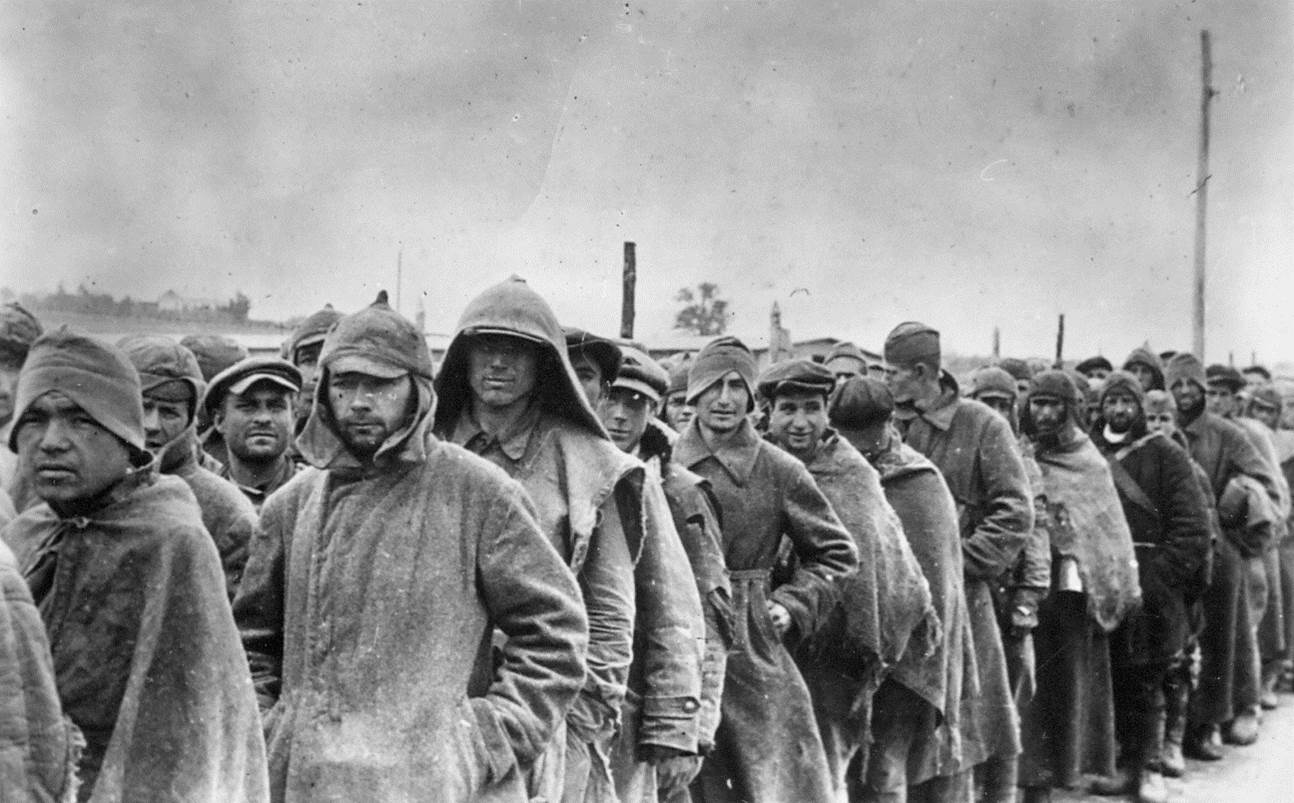I enclose guidelines on purges in prisoner of war camps, where Soviet soldiers are detained. The guidelines were designed together with the OKW’s Department for Prisoners of War. […] Heads of prisoner and transition camps have been notified by the OKW.
Please delegate immediately a single unit consisting of a commander and 4–6 people to [each] prisoner of war camp.
They report directly to the head of Sipo and SD and received special training to fulfil their tasks. They are acting within the camp according to the guidelines of the head of Sipo and SD. Camp commanders, and especially intelligence officers in the camps are obliged to cooperate most closely with the units. […] The units must use their expertise, and follow their own conclusions and intelligence obtained. That is why they should embark on the tasks only once they have gathered appropriate material.
First of all, they should identify: all major state and party functionaries, especially professional revolutionaries, functionaries of the Comintern, all higher party officials on central and local level, all people’s commissars and their deputies, all former political commissars of the Red Army, holders of key posts in central and local administration, senior economic officials, Soviet-Russian intellectuals, all Jews, all who are known as instigators or fanatical Communists. …
Executions shall not take place in the camp or in its nearest vicinity.

